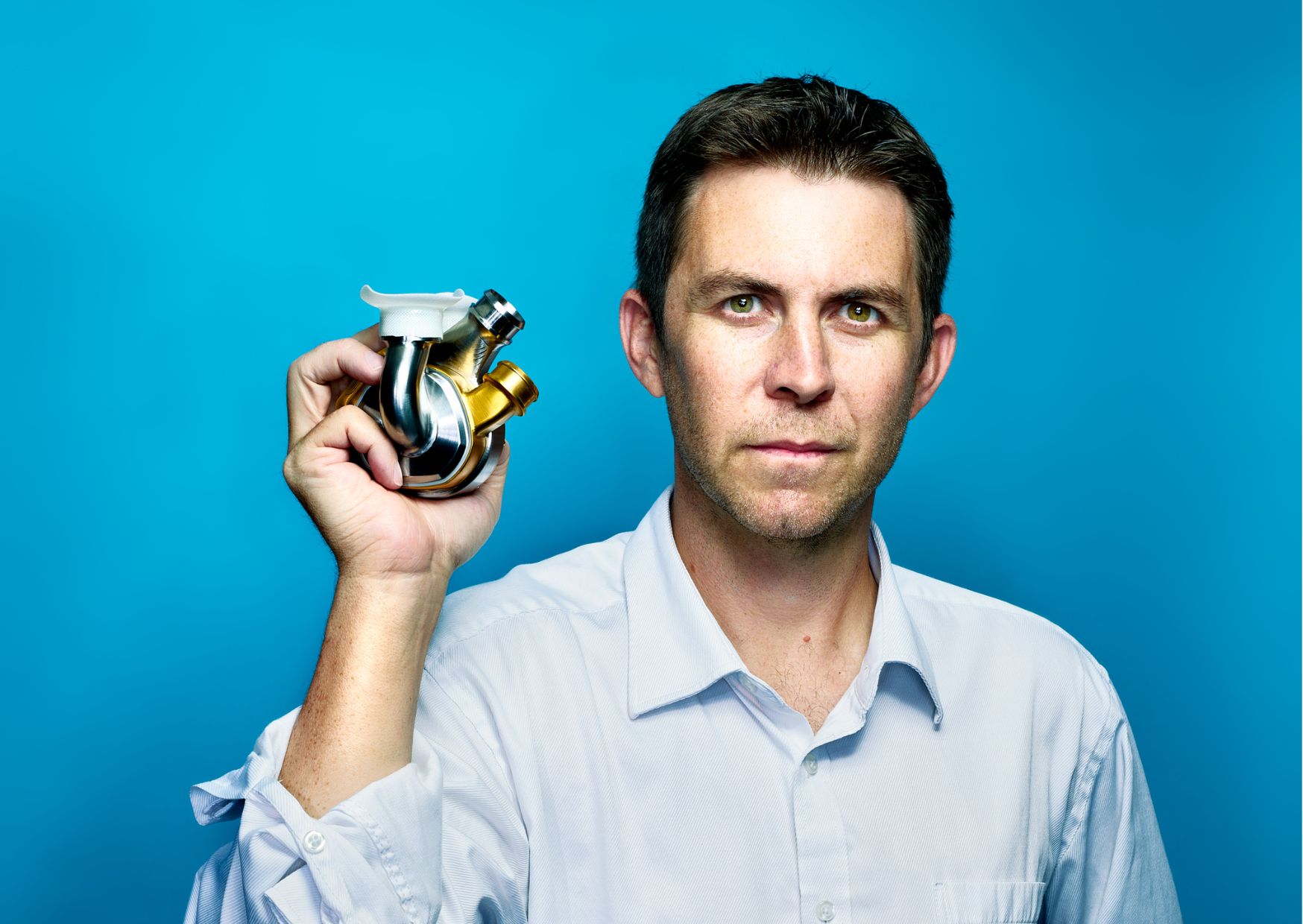
For more than three months, he lived with the BiVACOR heart, a revolutionary total heart replacement designed to bridge the gap for patients awaiting a donor organ. Previously, all recipients of this device had remained in U.S. hospitals under close medical supervision. But this man took it home, carrying on with life until he finally received a donor heart transplant.
According to St Vincent’s Hospital Sydney, where both surgeries took place, the patient is recovering well—and making medical history in the process.
The Australian is the sixth person in the world to receive the BiVACOR device, but the first to live with it outside a hospital for more than a month.
“This is a huge step forward in heart technology,” says Julian Smith, a cardiac surgeon at the Victorian Heart Institute in Melbourne.
“It’s incredibly innovative,” adds Sarah Aitken, a vascular surgeon at the University of Sydney. However, she points out that researchers still need to answer key questions, like how well patients can function with the device in everyday life and whether its high cost will limit accessibility.
The success of this case gives researchers a rare glimpse into how the BiVACOR heart performs outside the controlled environment of a hospital, says Joseph Rogers, a cardiologist and president of the Texas Heart Institute. Unlike previous patients, this man wasn’t constantly monitored by doctors, offering crucial real-world data about its long-term viability.
Right now, BiVACOR is designed as a temporary fix—a lifesaving bridge for patients waiting for a donor heart. But some experts believe it could one day become a permanent solution for people who aren’t eligible for transplants due to age or other health conditions.
The demand for alternatives is urgent. In the U.S. alone, nearly 7 million adults suffer from heart failure, yet only 4,500 heart transplants were performed in 2023—largely due to the severe shortage of donor organs.
Invented by biomedical engineer Daniel Timms, BiVACOR is a mechanical marvel. Unlike traditional mechanical heart pumps, which rely on multiple moving parts prone to failure, BiVACOR has just one: a magnetically levitated rotor.
Here’s how it works:
- The rotor spins continuously, pushing blood through the body in steady pulses.
- It doesn’t mimic the natural “beat” of a human heart but instead provides a constant, controlled flow.
- A cord under the skin connects the device to a portable battery pack during the day and a mains power source at night.
Many existing artificial hearts only assist one side of the heart, often wearing out due to the stress of flexing 35 million times per year. But BiVACOR is a total replacement, meaning less mechanical wear and fewer complications.
The BiVACOR heart is still in early trials, and more research is needed before it can become widely available. But this latest success marks a major milestone, proving that the device can keep someone alive and active outside a hospital setting.
With further development, a future where titanium hearts keep people alive indefinitely might not be so far off.
For now, one thing is clear: this Australian patient isn’t just making history—he’s paving the way for a new era in cardiac medicine.
Photo: BiVACOR
